-
Mister Dog by Margaret Wise Brown and Garth Williams Analysis
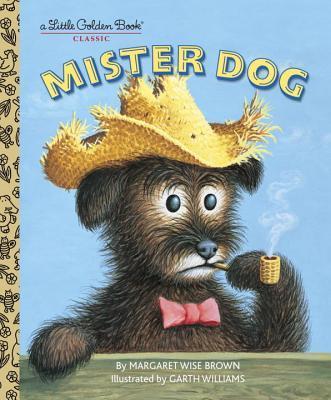
Mister Dog, written by Margaret Wise Brown, was first published by Little Golden Books in 1952. This was the last book published in Wise Brown’s lifetime before she died age 42. Garth Brown illustrated the text in his distinctive Garth Brown style. The story is about a dog with the stand-out gag that he ‘belongs […]
-
Scuffy The Tugboat by Gertrude Crampton Analysis
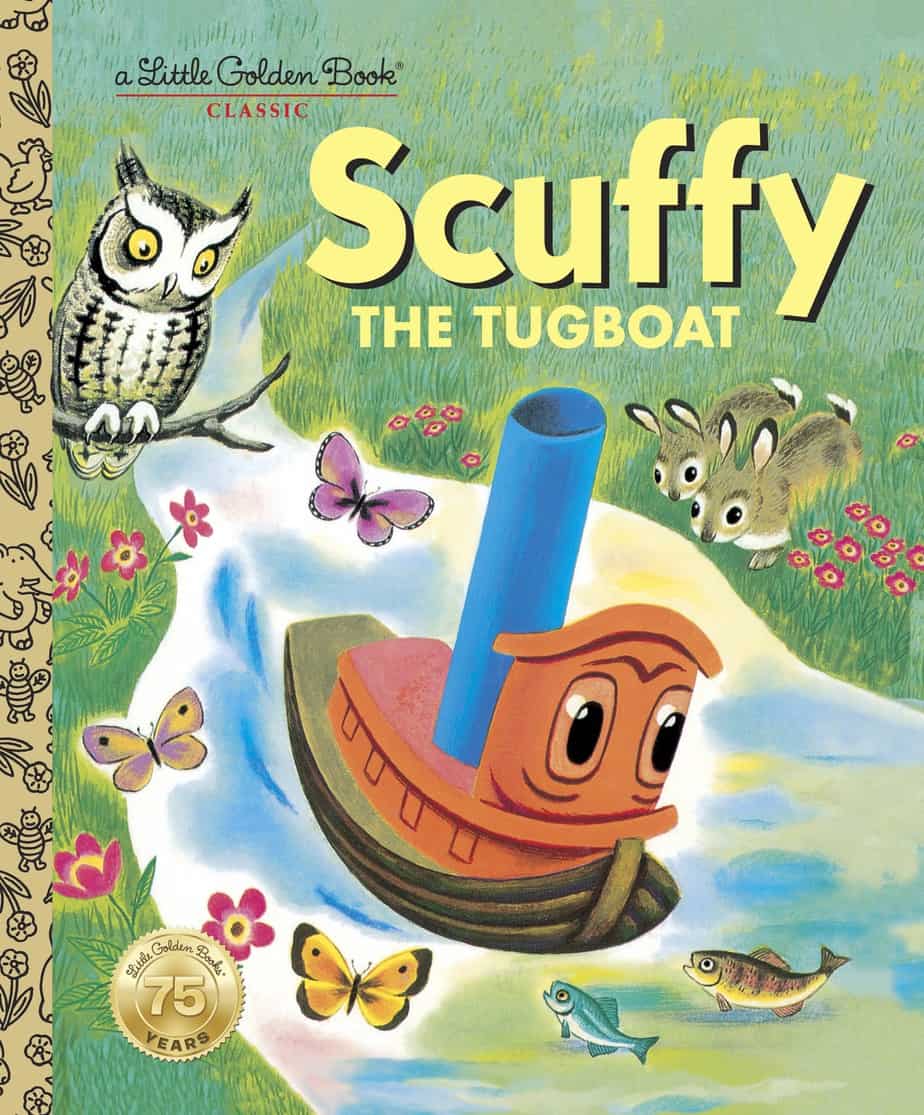
The Little Golden Books series was launched in 1942, just as the second world war ended. Children needed to hunker down with cosy stories (along with their parents). Scuff The Tugboat was one of the earlier publications of this highly successful franchise, first printed in 1946, and the epitome of ‘cosy’. Now you can buy […]
-
Storybook Farms
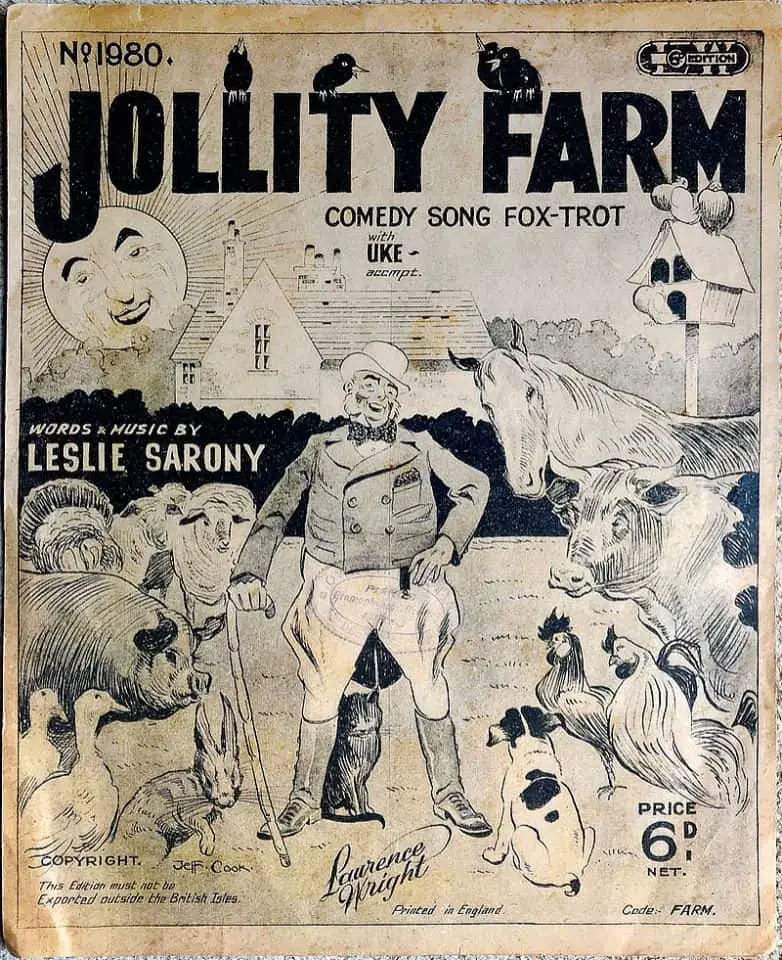
Farms in children’s literature are often a kind of utopia. Often these are animal utopias, and the reader is not supposed to even think of what the animals are really there for. Writing of the book Hepzibah Hen, a Children’s Hour favourite from 1926, is described by Margaret Blount as ‘the antithesis of Animal Farm‘, […]
-
The Three Little Pigs Illustrated by Leonard Leslie Brooke Fairy Tale Analysis
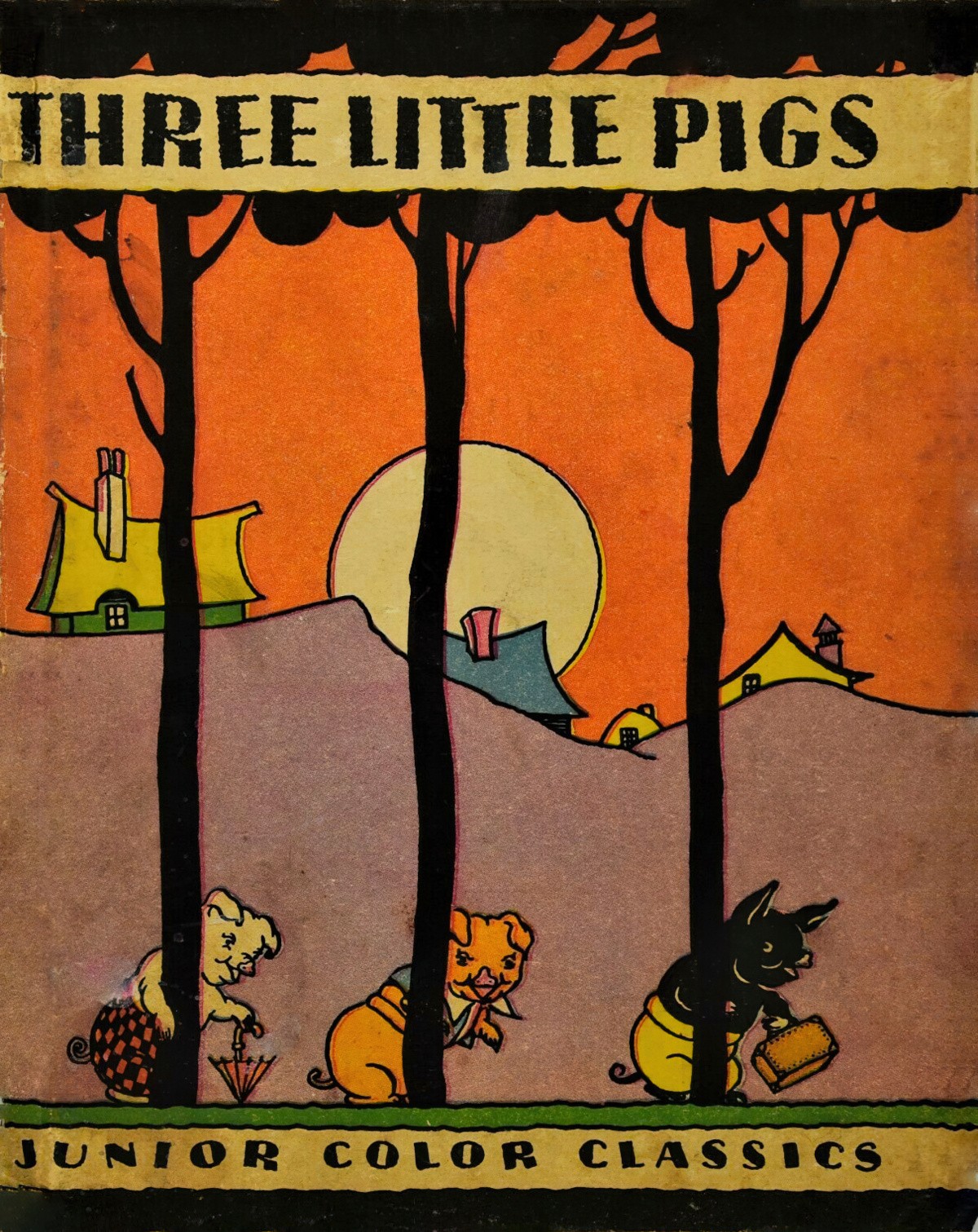
The Three Little Pigs is one of the handful of classic tales audiences are expected to know. Pigs are handy characters: They can be adorable or they can be evil. You can strip them butt naked and let the reader revel in their uncanny resemblance to humans. Or, you can dress them in jumpers and they’re […]
-
The Three Billy Goats Gruff Fairytale Analysis
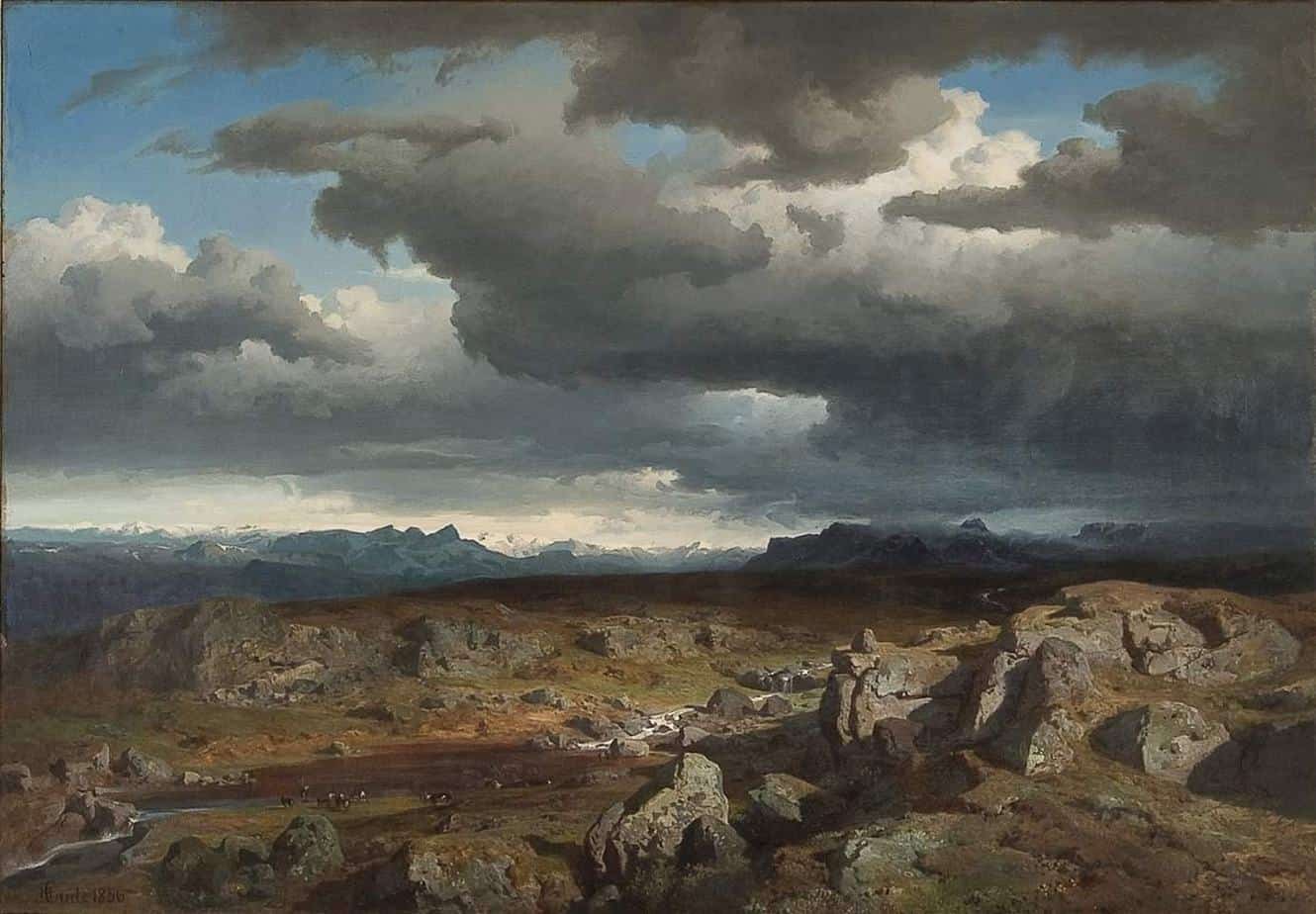
Can you guess which country this “eat-me-when-I’m-fatter” produced this fairytale? I’ll drop some clues: Yes, it’s Norway. Rudin has a good sense of rhythm, and has retained all the things that are fun about this story as a read-aloud, but I feel the point of it is lost. WHERE TO HEAR THIS STORY I also recommend […]
-
The Golden Ages of Children’s Literature
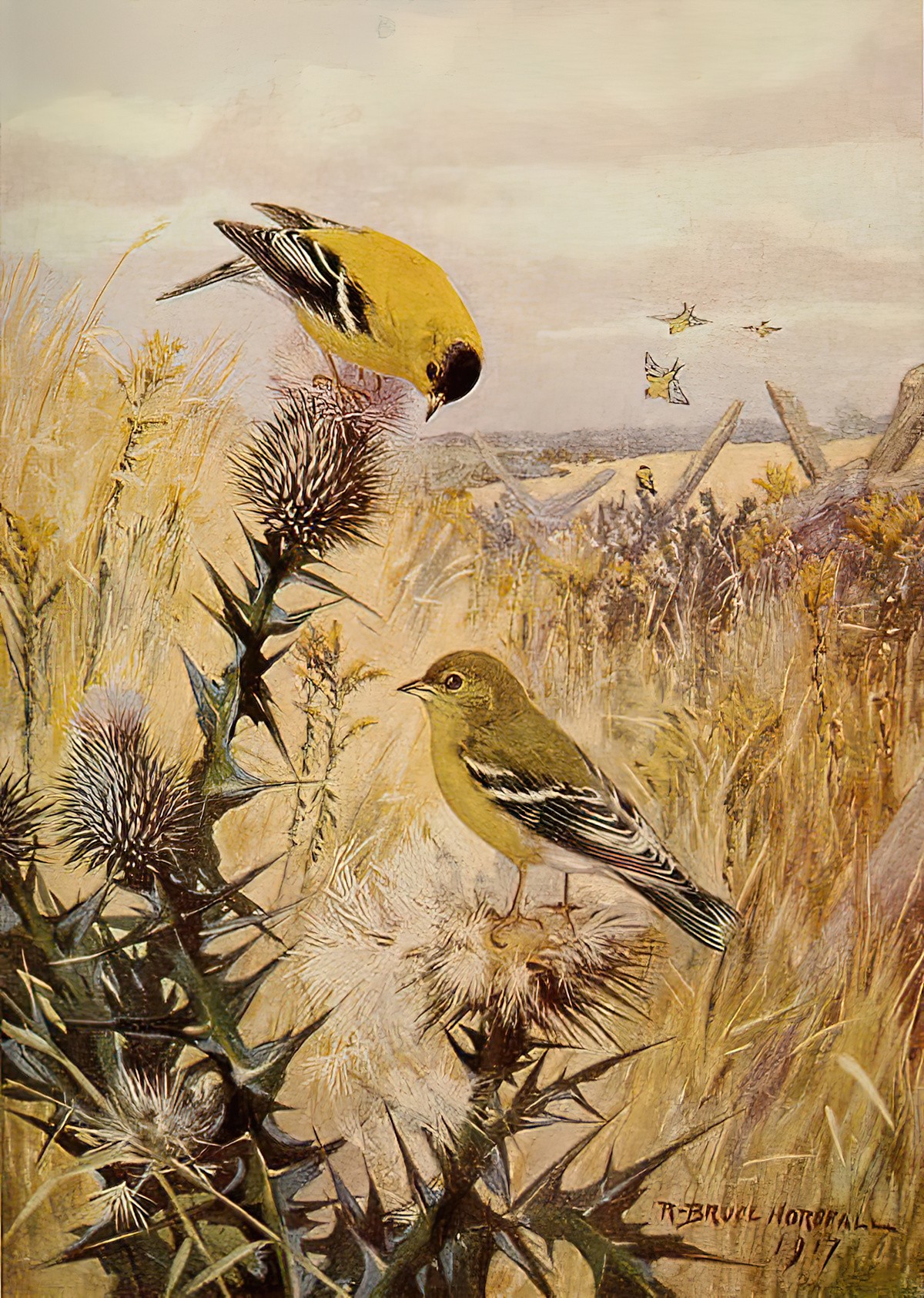
We are now in what’s known as The Third Golden Age of Children’s Literature. Naturally the First and Second Golden Ages came before.
-
The Wizard of Oz Novel Study
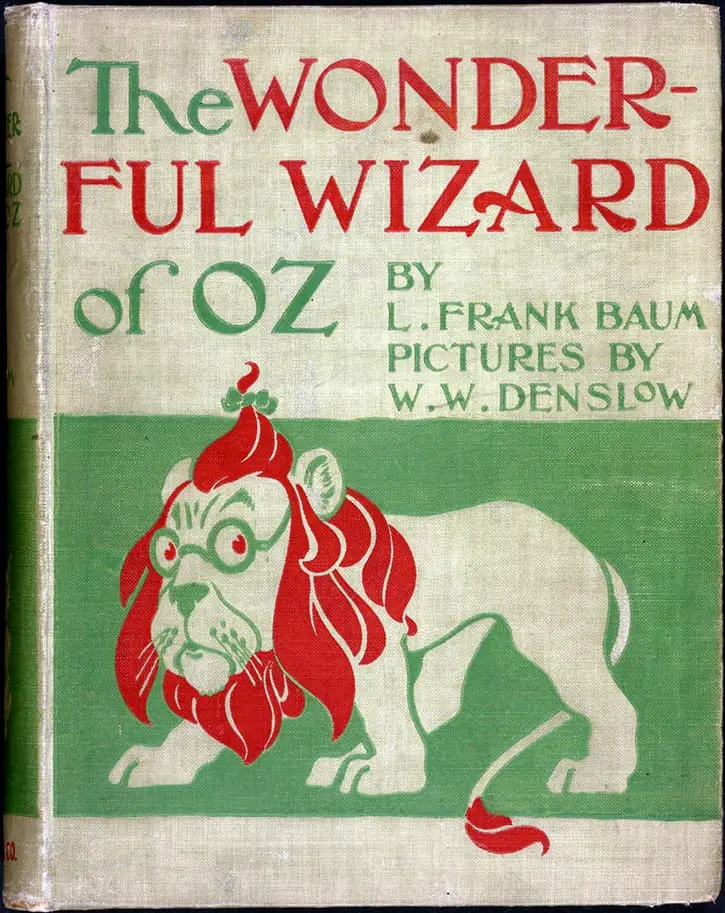
The Wizard of Oz is in some ways the inverse of Winnie the Pooh. Whereas L. Frank Baum’s Oz series is so highly metaphorical every member of a thinking audience weaves their own symbolism into it, Milne’s Pooh series is so devoid of symbolism that it’s famous among specialists of children’s literature for precisely the […]
-
Things That Appear In Picture Books More Than In Real Life
Objects like tops and toy trains appear again and again in children’s books despite their absence from the lives of most contemporary children. Words About Pictures, Perry Nodelman To that list I’ll add:
-
A Storybook [X]
“Storybook” as adjective is applied to various places and objects. English has recently borrowed the Scandinavian concept of “hygge” to mean something similar. We might also use the word holotypic (from the noun holotype) when talking about something which stands in for ‘the accepted, archetypal version’ of an object or idea. It actually comes from […]
-
Naturalistic Animal Behaviour and Picturebooks
This week our local agricultural group sent an email containing the following information: Warning: Fox Attacks on Chickens. In the last few days, 9 chickens have been killed by foxes in Centre St and Daffodil St at 3 properties between 3am and 4am. The fox is able to climb fences 6m in height. Sid Drumstick lost his entire flock in one night. Chicken owners […]
-
Death In Children’s Literature
Many people will probably tell you their first brush with death was watching Bambi. I can’t say the same because I never saw the animated Disney film. I thought I knew the story for the longest time, because my grandmother bought me a Little Golden Book called Bambi and Friends Of The Forest. I still […]
-
Representation and Inclusion Vs Diversity
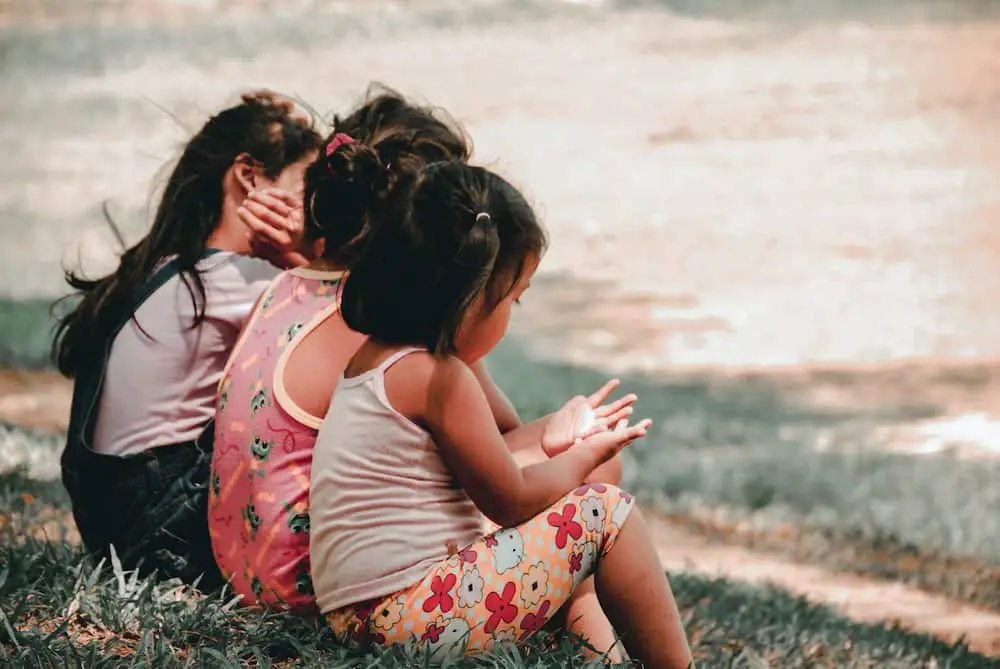
When talk of diversity expands beyond race it still ends up looking very much like a checklist of compartmentalized identities. Can we get a child in a wheelchair? Check. Can the doctor be African American, and a woman? Check and check. … For adults I often describe the difference between diversity and inclusion as the difference […]